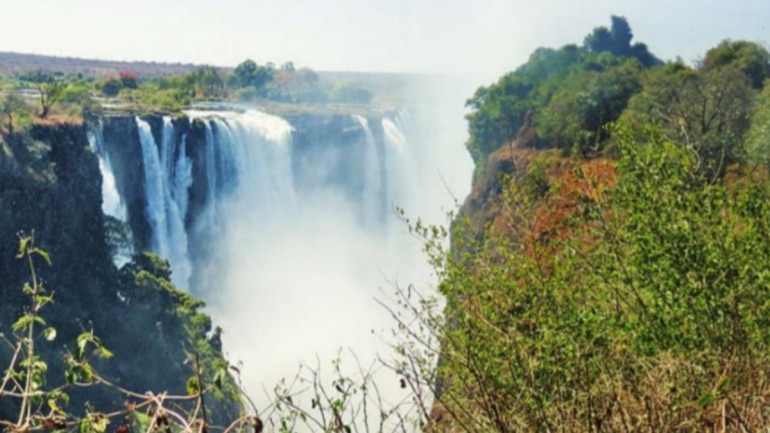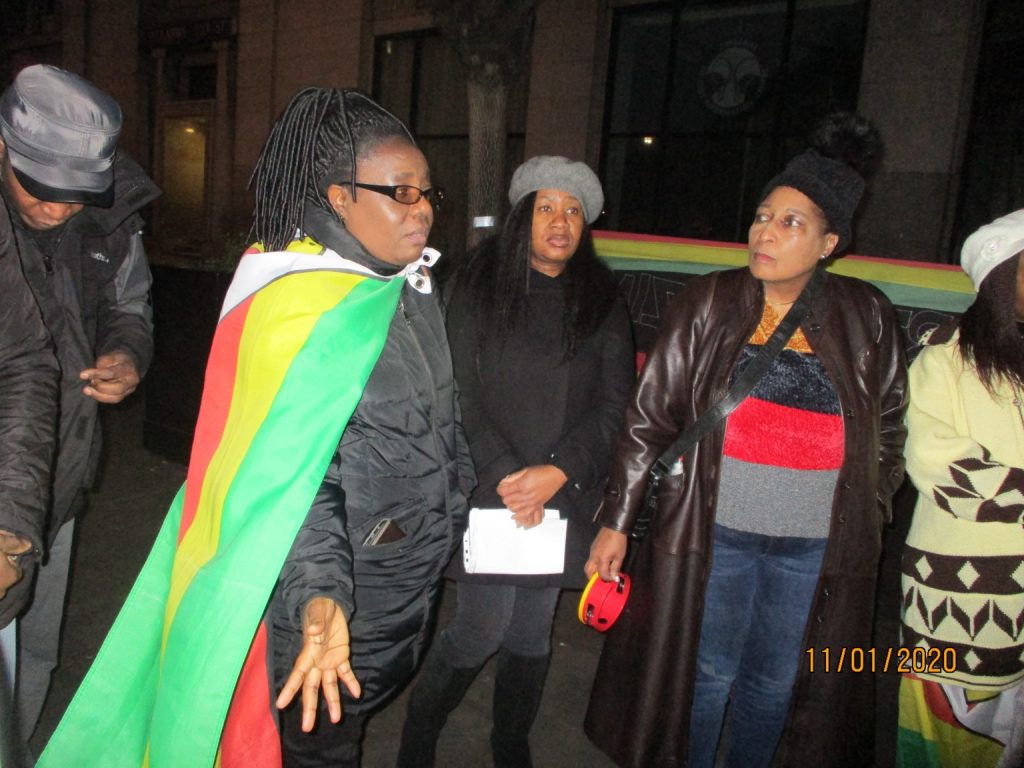(Photo by Rob Kim/Getty)
The universe of people who make Rudy Giuliani look sane by comparison is pretty small. Luckily Fox News runs a full-employment program for the differently competent, and so it was that the president’s pro bono lawyer spent Saturday night on Judge Jeanine Pirro’s Howler Monkey Power Hour airing his new theory of the case. Apparently, Marbury v. Madison dictates that Chief Justice Roberts must now descend like an avenging angel and declare that impeachment is illegal. You heard it here first!
“The remedy is to go before the Supreme Court of the United States and have it declared unconstitutional,” Giuliani enthused, with the blithe confidence of a man who has buttdialed every reporter in D.C. and is clearly beyond caring.
Which is batsh*t even by 2020 standards, and yet the president immediately retweeted it to his 70 million followers. Twice.
Giuliani repeated the widely debunked assertion that there can only be an impeachment for statutory crimes. And because abuse of power and obstruction of Congress don’t “exist as crimes” in Rudy’s world, this impeachment is akin to a grand jury returning an indictment for “eating an ice cream” or “if somebody charged me with not looking nice tonight.” Which seems unlikely, since this time he actually remembered to zip up his fly.
“You can’t find it anywhere under 18 USC. You can’t find it in common law. You can’t find it in Lithuanian law,” he went on. “It’s as if they took out the Constitution and struck out the words.”
Pirro, who hasn’t been on the bench since 1993, wholeheartedly agreed that it would be tragic to allow an impeachment trial in the Senate because then “the precedent is established that you can impeach the guy because you don’t like the color of his tie.”
Rudy’s spiffy new theory rests on the Supreme Court’s powered to adjudicate disputes between the executive and the legislative branches under Marbury. Here on Planet Earth, there is no live interbranch dispute, since Mitch McConnell is perfectly capable of disappearing Trump’s impeachment without a SCOTUS assist. Which is perhaps why no one outside the wingnutosphere has been making this argument. Well, no one except the president.
But Rudy himself has been making this point all week long, both on his Twitter feed and in an op-ed at the Daily Caller entitled, “The Supreme Court Should Step In To Rule This Impeachment Unconstitutional.”
Indeed, the Constitution is silent on the Supreme Court’s role in an impeachment except to provide that it is presided over by the chief justice. However, the Constitution is also silent on the court’s power to declare federal and state laws and government action unconstitutional. It was determined by former Chief Justice John Marshall that judicial review is implicit as the only logical answer to constitutional standoffs between the legislative and executive branches or between the federal and state governments. The reasoning of Marbury v. Madison certainly supports the court having the power to declare an impeachment as unconstitutional if it is an overreach of the carefully balanced separation of powers.
And while everyone else treated it like an old-timey slur muttered by a senile uncle at Thanksgiving — that is, they pretended not to have heard it and immediately changed the subject — Her (Former) Honor was intrigued.
“Let’s assume that your request is granted, and it is dismissed. It makes sense. What is the effect of the impeachment in the House,” Pirro wondered. “Can that ever be erased, or is that always there?”
This is, literally, the face Giuliani made as he paused to ponder her question.

“Well, then it becomes the only impeachment that’s ever been dismissed for being non-Constitutional,” he said, after a moment’s deep, scholarly consideration. “And I would say if it’s non-Constitutional, it’s null and void.”
But if by some chance McConnell chooses not to pursue Rudy’s can’t-lose legal strategy, that’s okay, too.
“I could even argue that politically it would be better to go to trial. They’ll find out about Biden, they’ll find out what a big crook Biden is,” Giuliani told Pirro. “They’ll find out that Biden just didn’t make money in Iran [sic], but he made money in China, and he made money in Iraq.”
Did he … did he mean Ukraine? Or was it Lithuania?
No matter. Giuliani has volunteered to step up to the plate to prosecute Biden for RICO in Trump’s senate impeachment hearings. Your Honor, it’s a simple case of Brown v. Board of Education, Roe v. Wade, and Chevron deference!
Elizabeth Dye lives in Baltimore where she writes about law and politics.



 Jordan Rothman is a partner of
Jordan Rothman is a partner of 










 More than 200 elephants starved to death over three months last year
More than 200 elephants starved to death over three months last year In this file photo taken on November 12, 2019 a hippo is stuck in the mud at a drying watering hole in the Hwange National Park, in Zimbabwe.
In this file photo taken on November 12, 2019 a hippo is stuck in the mud at a drying watering hole in the Hwange National Park, in Zimbabwe.


